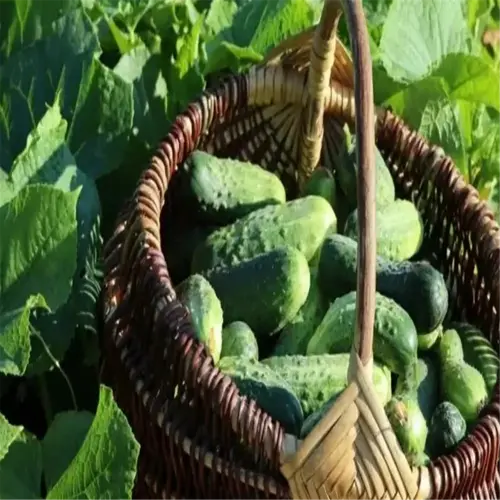Why might my corn plants develop tassels but fail to produce ears?

Written by
Tina Carter
Reviewed by
Prof. Martin Thorne, Ph.D.Corns tasseling without ears is a common frustration many gardeners experience. I encountered this issue when I first grew corn after a summer of planting, resulting in abundant pollen, yet resulting in empty stalks. The problem was due to an overly tight spacing of corn rows. Without room to breathe or enough wind to move the pollen, the plants effectively lost opportunities for pollination.
Pollination Issues
- Plant spacing under 12 inches limits pollen reach
- Single-row planting reduces wind turbulence
- Silks emerge 2-3 days after pollen shed ends
Nutrient Deficiencies
- Zinc levels below 2 ppm stunt ear development
- Excess phosphorus blocks zinc absorption
- Soil pH above 7.0 locks out micronutrients
Silking stage weather with extreme heat is detrimental to ear production. High temperatures (>95°F; 35°C) can dry out the silks before pollen grains attach. I now grow heat-tolerant hybrids such as ‘Pioneer P1197' and I use shade cloth to cover the plant during extremely high temperatures to protect this sensitive developmental phase.
Spacing Strategy
- Space plants 12" apart in 4x4 blocks
- Alternate short/tall varieties for airflow
- Use square foot grids for small gardens
Soil Management
- Apply 1 lb zinc sulfate per 100 sq ft
- Maintain pH between 6.0-6.8
- Rotate with legumes to balance nitrogen
Several years ago, zinc deficiency left my corn without ears even with all the lush tassels. It took less than 10 days of foliar sprays to correct that situation. I now test my soil every year and, if levels drop below 2 ppm, I add chelated zinc. Since I started doing that, I have doubled the kernel rows.
Hand pollination serves as a rescue for crops whenever nature fails to do its job. Gather pollen into paper bags first thing in the morning before the dew dries off. Around noon or before, shake the pollen bags onto the silks. I used this technique last season to revive up to 60% of the struggling plants. Gather and store any excess pollen in the refrigerator for a 3-day insurance policy.
Read the full article: How to Grow Corn: 9 Essential Steps for Sweet Success

